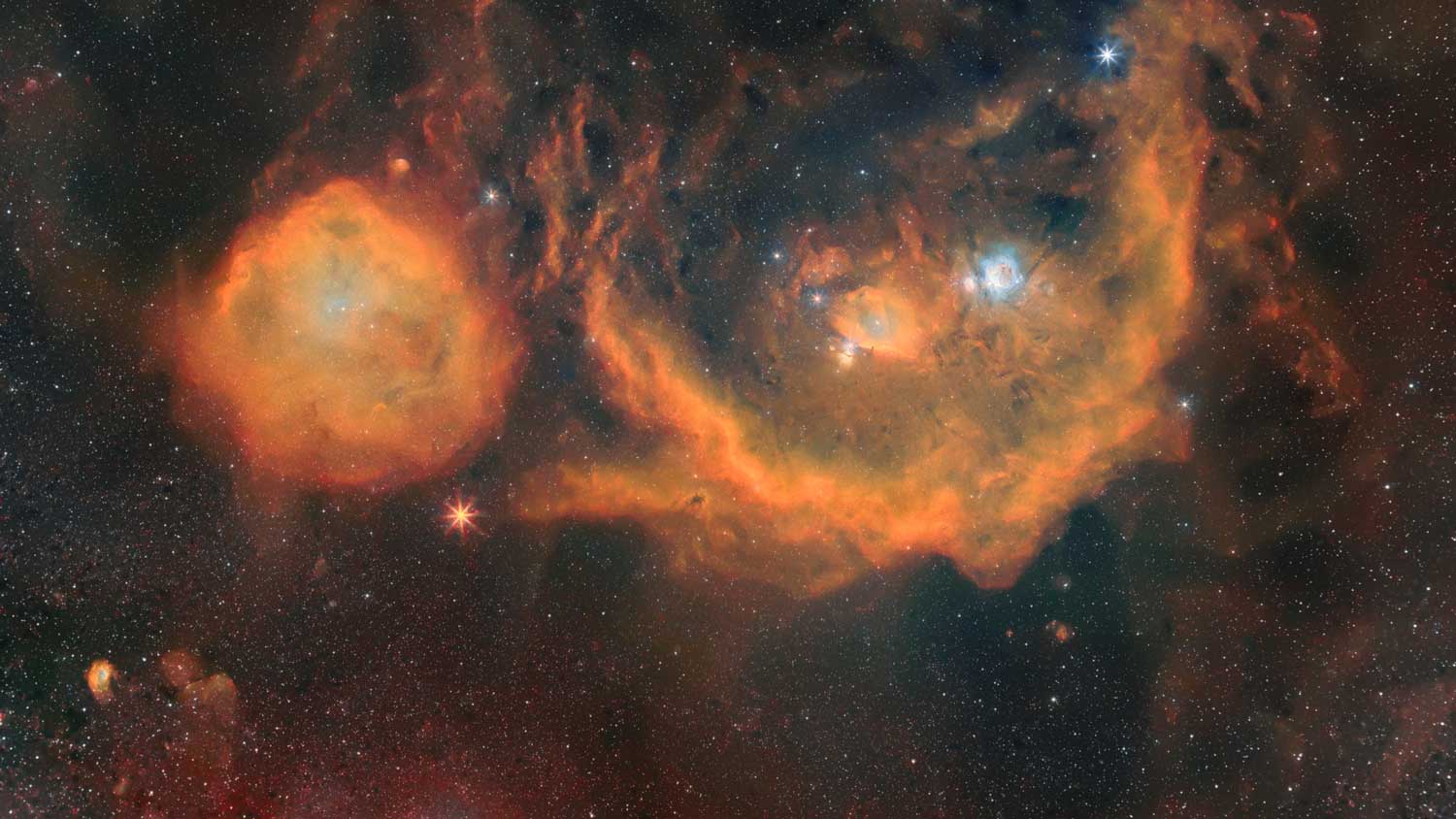
There are different types of stars with different sizes, masses, and compositions. The sun is also a star, but it is a relatively small specimen compared to the red giant Betelgeuse.
Red supergiants are stars over nine times the mass of our sun. This implies that when they die, a violent event occurs: an enormous explosion known as a supernova, in particular, what is known as a Type-II supernova.
Type II supernovae seed the universe with elements essential for life. That’s the reason scientists are interested to know more about them. Currently, there is no way to foresee supernova explosions precisely.
Even if red supergiants are extremely bright and visible at great distances, it is challenging to ascertain essential properties, including their temperatures.
This is due to their upper atmospheres’ complicated structures, which leads to inconsistencies of temperature measurements that might work with other kinds of stars.
A graduate student, Daisuke Taniguchi from the Department of Astronomy at the University of Tokyo, said, “To measure the temperature of red supergiants, we needed to find a visible, or spectral, property that was not affected by their complex upper atmospheres. Chemical signatures known as absorption lines were ideal candidates, but no single line revealed the temperature alone. However, by looking at the ratio of two different but related lines — those of iron –, we found the ratio itself related to temperature. And it did so consistently and predictably.”
For the first time, astronomers develop an accurate method to determine the surface temperatures of red supergiants.
Astronomers observed candidate stars using an instrument called WINERED. They then measure iron absorption lines and calculated the ratios to estimate the stars’ respective temperatures.
Scientists also determined the data on distance measurements obtained from European Space Agency’s Gaia space observatory.
By combining these temperatures with accurate distance measurements, scientists could calculate the star’s luminosity or power. Moreover, they found their results consistent with the theory.
Although, there is more to learn about supernovae and related objects and phenomena.
Taniguchi said, “I think this research will help astronomers fill in some of the blanks. The giant star Betelgeuse (on Orion’s shoulder) could go supernova in our lifetimes; in 2019 and 2020, it dimmed unexpectedly. It would be fascinating if we were able to predict if and when it might go supernova. I hope our new technique contributes to this endeavor and more.”
Journal Reference:
- Daisuke Taniguchi et al. Effective temperatures of red supergiants estimated from line-depth ratios of iron lines in the YJ bands, 0.97–1.32 μm, Monthly Notices of the Royal Astronomical Society: March 1, 2021, doi:10.1093/mnras/staa3855
Continue reading Scientists measured the temperature of red supergiant stars on Tech Explorist.
0 comments:
Post a Comment